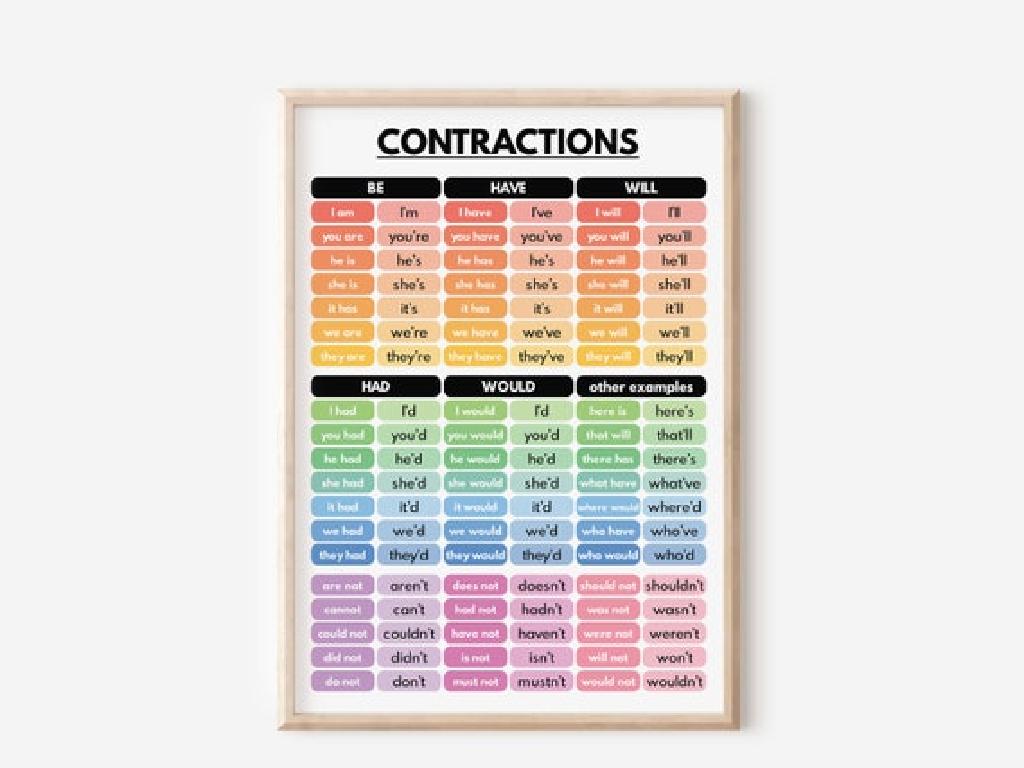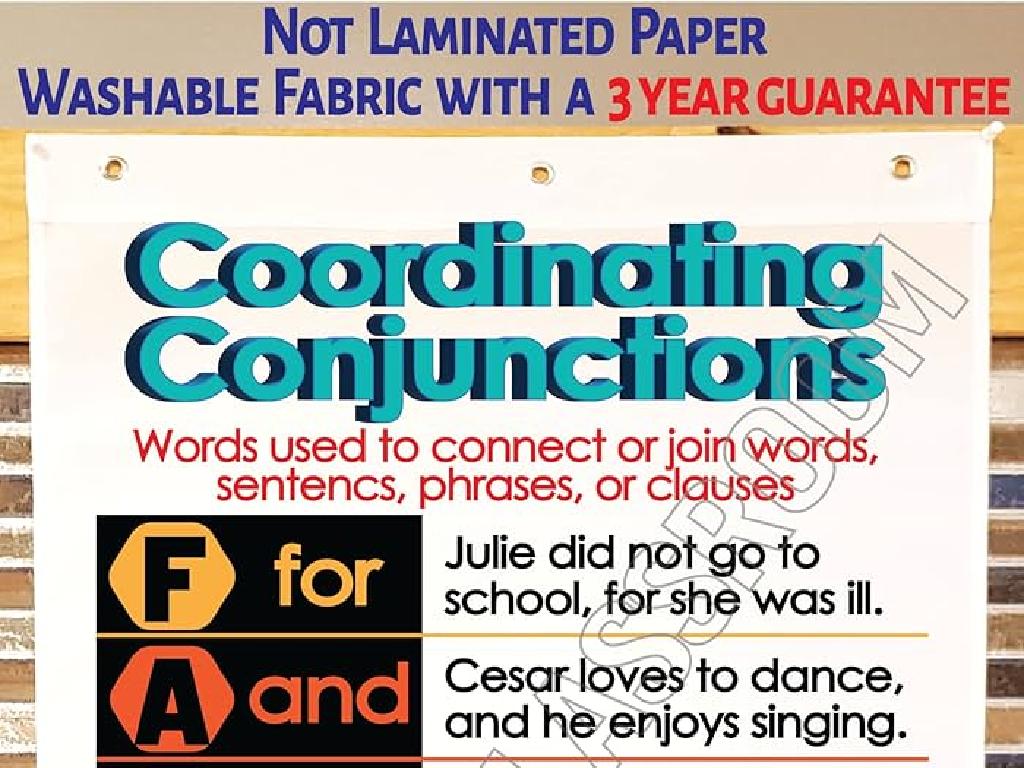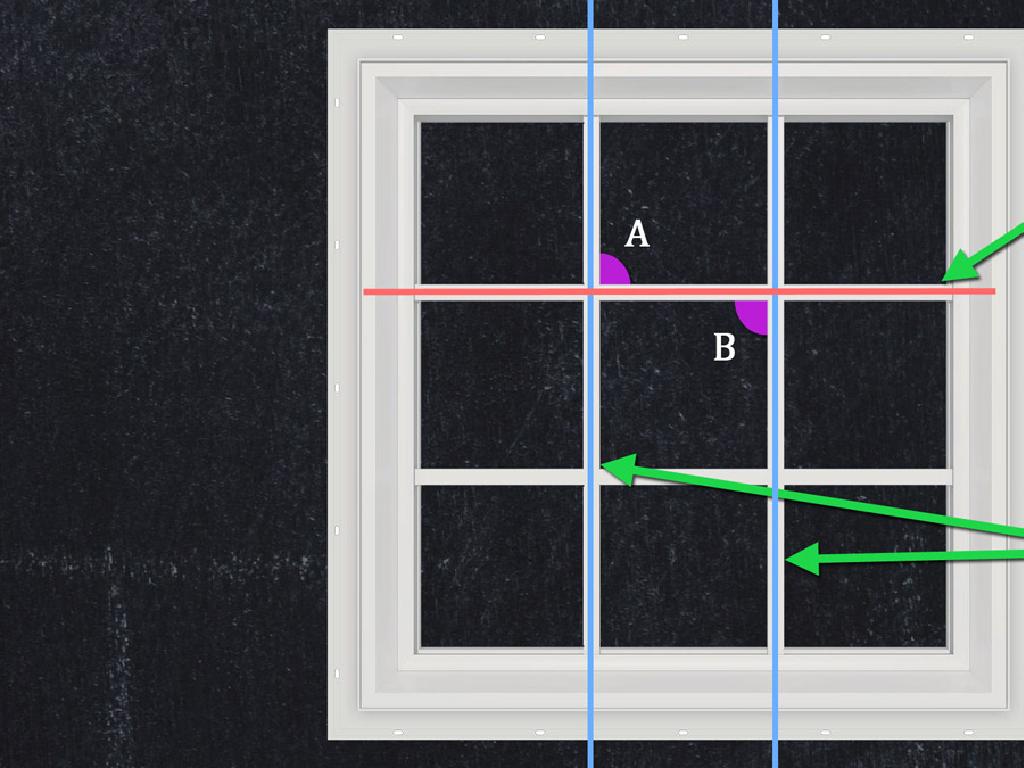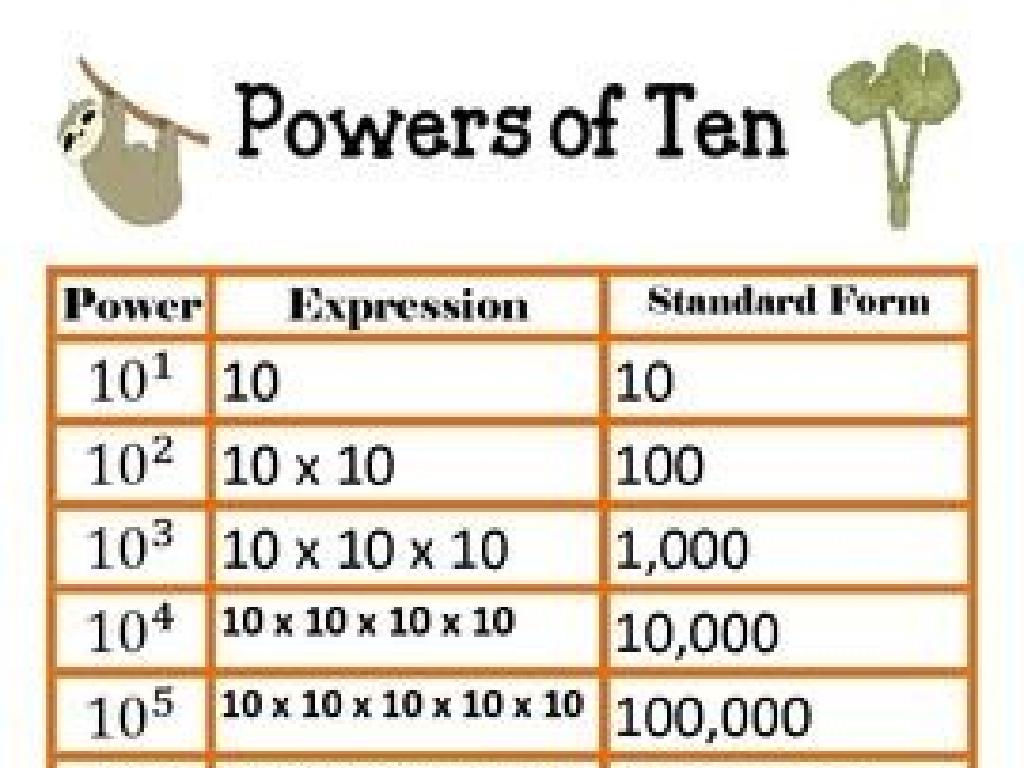Number Lines - Up To 1,000
Subject: Math
Grade: Second grade
Topic: Counting
Summary: This engaging second grade math presentation teaches students how to use number lines for counting up to 1,000. Through interactive activities, learners visualize numerical order, practice skip counting by various intervals, and master addition and subtraction using number lines. They also compare number sizes and create personal number lines, solidifying essential math concepts in a hands-on way. Regular practice with number lines builds strong foundational skills for future math success.
Please LOG IN to download the presentation. Access is available to registered users only.
View More Content
Welcome to Number Lines!
– Learn about number lines
– Counting up to 1,000 on lines
– Number lines help us visualize numbers and counting sequences.
– Why number lines matter
– They are key for understanding order and calculating differences.
– Practice with number lines
– We’ll use examples to hop along the line and find numbers.
|
This slide introduces second graders to the concept of number lines and their use in counting up to 1,000. Begin by explaining what a number line is—a visual representation of numbers in order. Emphasize the importance of number lines in understanding the sequence of numbers, the concept of before and after, and as a foundation for addition and subtraction. Illustrate how to use a number line by starting at 0 and moving forward to reach higher numbers. Provide examples of counting by ones, tens, and hundreds to demonstrate how to navigate the number line efficiently. Encourage students to practice by giving them a range of numbers to locate on a number line and ask them to explain the position of numbers relative to each other.
Exploring Number Lines
– What is a number line?
– A straight line with numbers at equal spaces
– Understanding order of numbers
– Numbers increase as we move right on the line
– Using number lines for math
– Add by moving right, subtract by moving left
– Number lines up to 1,000
– Practice with numbers between 1 and 1,000
|
Introduce the concept of a number line as a foundational tool in mathematics for understanding numerical order and performing basic operations. Explain that on a number line, numbers are arranged in order from left to right, and each point on the line corresponds to a number. Emphasize that the equal spacing between numbers is crucial for accurately representing their size and order. Demonstrate how to use a number line to visualize addition as moving to the right and subtraction as moving to the left. Extend the concept to include larger numbers, up to 1,000, to challenge students and prepare them for more advanced math concepts. Include interactive activities where students can practice placing numbers on a line and using it to solve simple addition and subtraction problems.
Counting with Number Lines
– Count from 1 to 100 on a number line
– Visualize numbers in sequence
– Each jump equals one number
– Understand number progression
– Point and count each number
– Reinforce number recognition
– Practice makes perfect
|
This slide introduces students to the concept of using a number line as a visual aid for counting. Start by explaining that a number line is a straight line with numbers placed at equal intervals along its length. Demonstrate counting from 1 to 100 by making ‘jumps’ from one number to the next, emphasizing that each jump represents a move to the next number. Encourage students to practice by pointing to each number on the number line as they count aloud, which will help them understand the order of numbers and improve their counting skills. The activity can be made interactive by having students come up to the board to point and count, or by providing them with their own number lines to use at their desks.
Exploring Number Lines up to 1,000
– Number lines extend to 1,000
– Numbers evenly spaced out
– Each mark represents a number, spaced equally
– Count by tens and hundreds
– Skip count by 10s: 10, 20, 30… or 100s: 100, 200, 300…
– Practice with different intervals
– Try counting by 5s, 25s, or 50s to see patterns
|
This slide introduces students to the concept of larger number lines, extending up to 1,000. Emphasize that even though the number line is longer, the principle of evenly spaced numbers remains the same. This is a great opportunity to practice skip counting, which helps with understanding multiplication and prepares for addition and subtraction of larger numbers. Encourage students to explore counting by various intervals to discover patterns and reinforce their understanding of number sequences. Activities can include using a physical number line in the classroom, counting objects grouped by tens or hundreds, or creating a number line with craft materials.
Using Number Lines to Add
– Number lines help us add
– Example: Adding 100 + 200
– What do we get when we add 100 to 200?
– Start at 100 on the number line
– Find 100 and put your finger there
– Make two jumps of 100 to add
– Each jump moves us 100 more. Where do we land?
|
This slide introduces the concept of using number lines to perform addition, which is a visual and interactive method suitable for second graders. Begin by explaining that a number line is a straight line with numbers placed at equal intervals along its length. Demonstrate the process of addition by using an example: adding 100 and 200. Show how to locate the number 100 on the number line and then make two jumps of 100 to reach the final answer of 300. Emphasize that each jump represents adding another 100. Encourage students to practice this technique with different numbers to become comfortable with the concept of addition on number lines.
Using Number Lines to Subtract
– Subtraction means jumping back
– Example: 500 – 200
– If we start at 500 and take away 200, where do we land?
– Counting backwards to subtract
– We’ll jump back in increments of 100 to subtract
– Practice with different numbers
– Try subtracting numbers like 300 – 50 or 600 – 150
|
This slide introduces the concept of subtraction using number lines, which is a visual way for second graders to understand how numbers decrease when we subtract. Start by explaining that subtraction is like hopping backwards on a number line. Use the example of 500 – 200 to show how to make large jumps backwards, in this case, two jumps of 100 each to land at 300. Encourage the students to practice this technique by counting backwards in different increments, such as 10s, 50s, or 100s, depending on the numbers they are working with. This will help them visualize subtraction as an inverse operation to addition. During the next class, have interactive activities where students can come to the board and demonstrate subtraction on a large number line.
Comparing Numbers with Number Lines
– Number lines show number size
– Compare 300 and 600 on a line
– See where 300 and 600 appear on the line
– Determine which number is greater
– The number further to the right is larger
– Using the line to understand comparison
|
This slide introduces students to the concept of comparing numbers using a number line, which is a visual tool that helps to clearly illustrate the size of different numbers. By placing 300 and 600 on a number line, students can easily see that 600 is further to the right, indicating that it is the larger number. Emphasize that the further to the right a number is, the greater its value. During the lesson, guide students to draw their own number lines and practice comparing different pairs of numbers. This will help them develop a strong understanding of numerical order and the concept of greater than and less than.
Class Activity: Create Your Own Number Line!
– Make your own number line
– Gather paper, ruler, markers
– Draw lines and intervals
Mark intervals evenly, number them up to 1,000
– Count by various numbers
Try counting by 2s, 5s, 10s, and 100s
|
This activity is designed to help students understand the concept of number lines and practice counting in a fun, interactive way. Provide each student with the necessary materials and guide them through the steps of creating a number line. Ensure they understand how to use the ruler for evenly spaced intervals. Once the number lines are drawn, engage the students in counting exercises by different numbers to demonstrate the practical use of number lines. Possible variations of the activity could include: counting by odd or even numbers, using different colors for different intervals, or creating a number line that starts from a number other than zero. This hands-on experience reinforces their counting skills and understanding of sequence in numbers.
Number Line Mastery: Review & Conclusion
– Celebrating our number line skills
– Number lines: counting, adding, subtracting
– Visual tool for math operations and understanding number value
– Comparing numbers using number lines
– Place one number on the line, find another, see which is larger or smaller
– Keep practicing with number lines!
|
Today’s class was a success, and the students have done a great job learning about number lines. We’ve seen how number lines can be a powerful tool for visualizing and performing basic arithmetic operations such as addition and subtraction, as well as for comparing numbers to understand which are larger or smaller. It’s important to encourage the students to continue practicing with number lines at home, reinforcing the concept that regular practice can greatly improve their mathematical skills. As a follow-up, consider assigning homework that involves creating their own number lines and using them to solve simple problems.





